The magnetic field is generated when the electric current passes through a wire, and the field dissipates when the current stops. The primary function of electromagnets is that they are used to lift metallic objects as well as being utilized in the design of many different machines and electronic systems. Read More…
Founded in 1895, Arnold Magnetic Technologies is a leading global manufacturer of high performance permanent magnets, electromagnetics, magnetic assemblies, and precision thin metals.

At Applied Magnets, we are dedicated to providing some of the most powerful and reliable magnets available on the market. We specialize in high-grade neodymium magnets which are widely recognized for their unmatched strength and efficiency across a broad range of applications. From advanced engineering projects and industrial machinery to consumer products, scientific research, and educational...

Our customers know they can trust us to provide them with the best magnets in the industry. We supply magnets from only the best manufacturers in the world. We will not offer substandard products or anything that is not the most cost-effective solution.
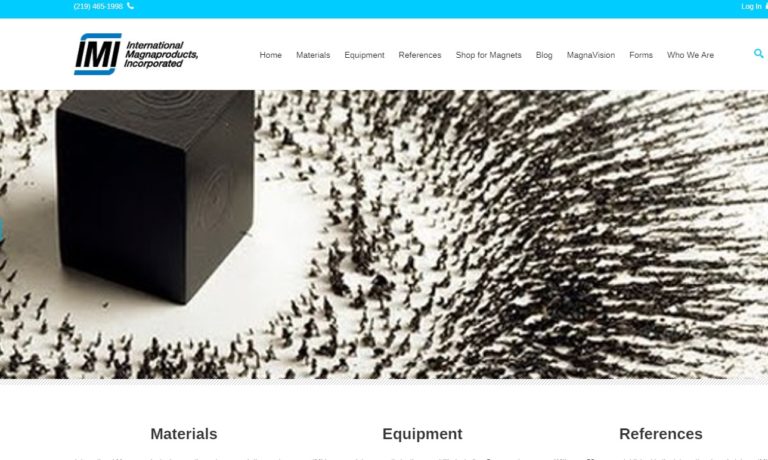
At TyTek Industries, we are experts in manufacturing magnetic components. Our magnetics catalog include magnetic assembly, alnico magnets, rare earth magnets, and many more. It is our team’s mission to always draw on our strengths and experience to ensure the very best service and quality for our customers. For more information, visit our website or call today!
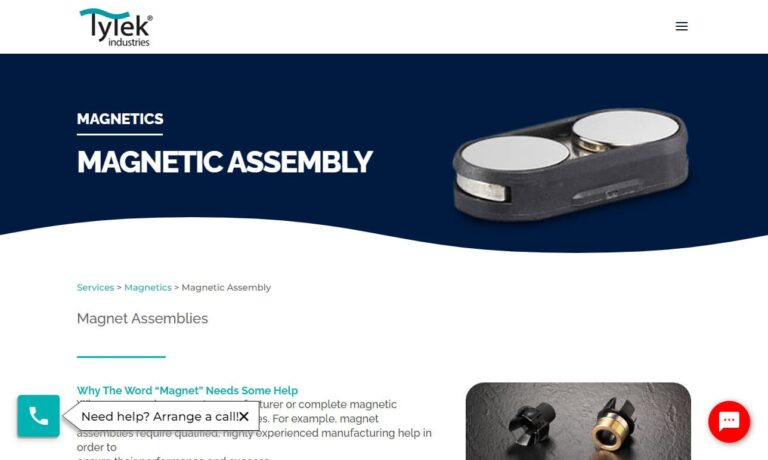
Magnetic Specialties is a magnet manufacturer of magnet tools for the lifting & handling of materials & parts, industrial recycling and material separation applications. Products include magnetic grates, overhead magnets, tilting magnets, plate magnets, magnetic pulleys, magnetic drums and hoist magnets.

More Electromagnet Manufacturers
Scientific laboratories, manufacturing plants that handle scrap metal, the automotive industry and appliance and electronic manufacturers all benefit from the use of electromagnets. In addition, they are part of the design of electric motors, generators, doorbells, circuit breakers, TVs, speakers and read and write heads for hard disks and tape drives.
In the automotive industry, electromagnets are used to manufacture brakes and clutches in vehicles. In factories and plants, electromagnets are used to lift and suspend scrap metal and other heavy metallic objects like billets, steel plates, bars and forgings. In many of these applications a permanent magnet can be used instead of an electromagnet; however, electromagnets offer the advantage of being able to manipulate the magnetic field over a wide range at a rapid pace.
There are a few main components that are utilized in the formation of electromagnets: a battery and an iron wire. This wire is often formed into a coil, and can be formed into various shapes including that of a helix, making it a solenoid coil and that of a donut-shape, making it a toroid coil.
In addition, the material of iron is used as the wire component in electromagnets because it belongs to a small group of metals that exhibit ferromagnetic properties and generates a magnetic field when exposed to an electrical current. The magnetism only exists when current is flowing from the battery. This type of soft iron core is also referred to as a ferromagnetic core and offers extremely high magnetic permeability. There are two main types of electromagnets.
The first, flat-fraud, is mainly used when the magnet is able to attach itself to a smooth, flat piece of metal. Parallel-pole electromagnets have two poles spaced far apart from each other that allow the magnetic field to have a greater reach. These are used when the metallic object is of an irregular shape and only comes in partial contact with the magnet surface.

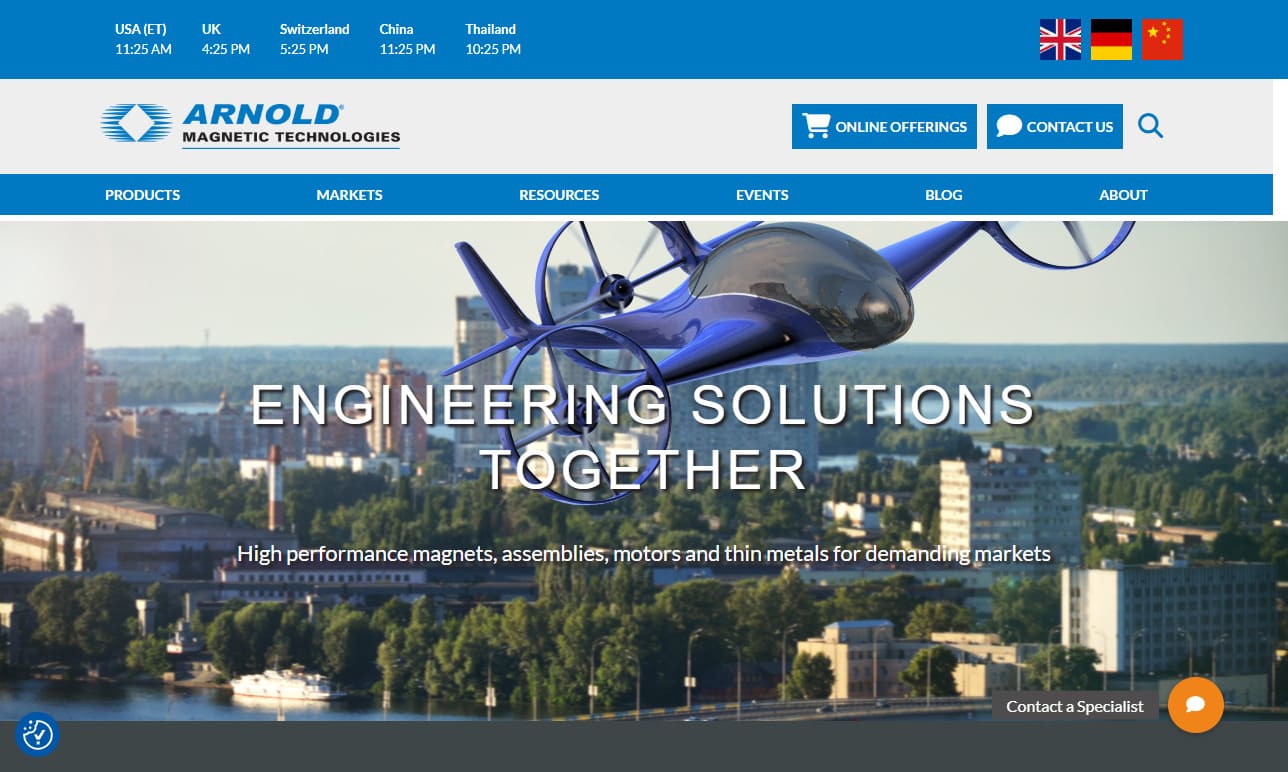



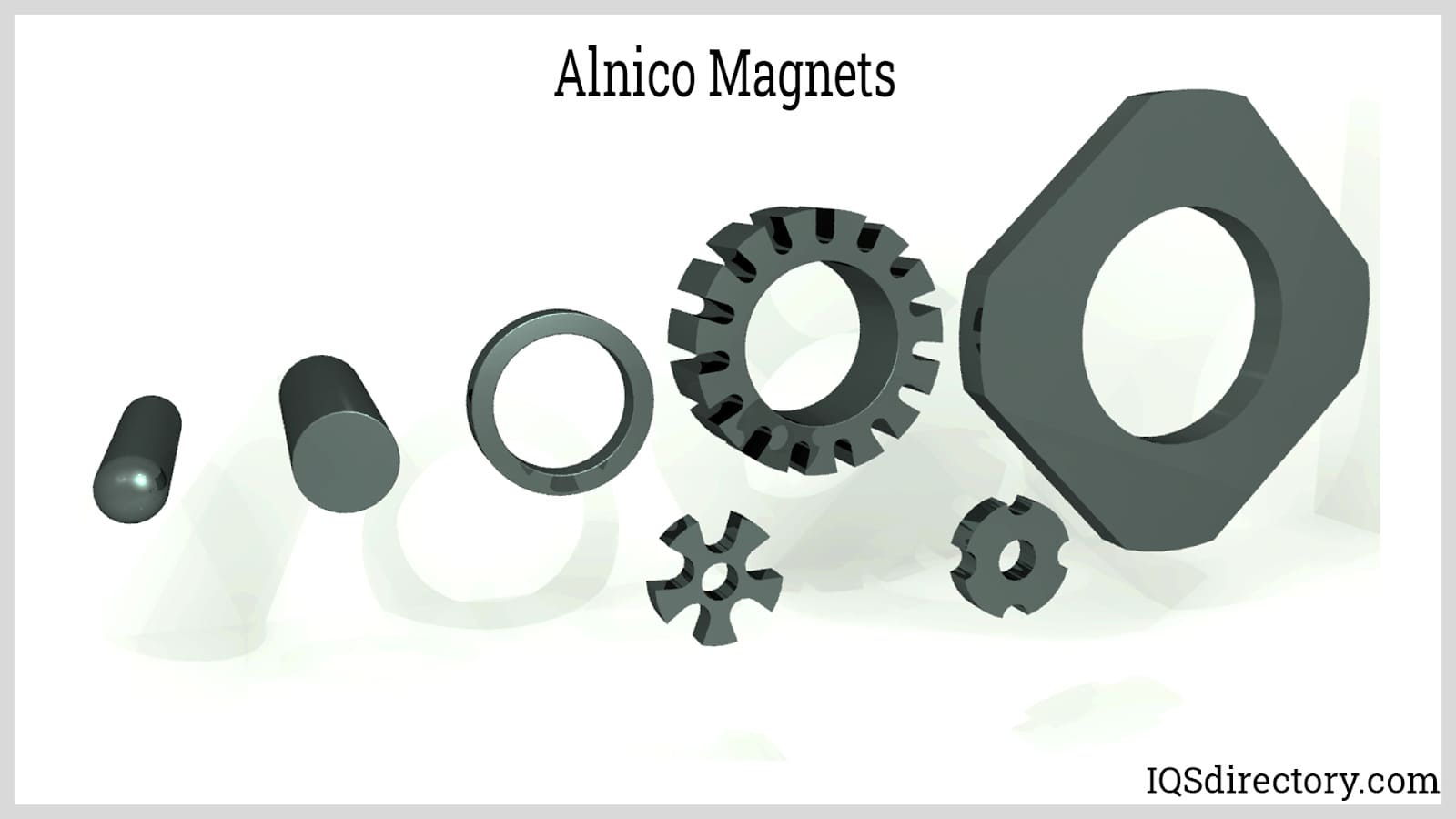
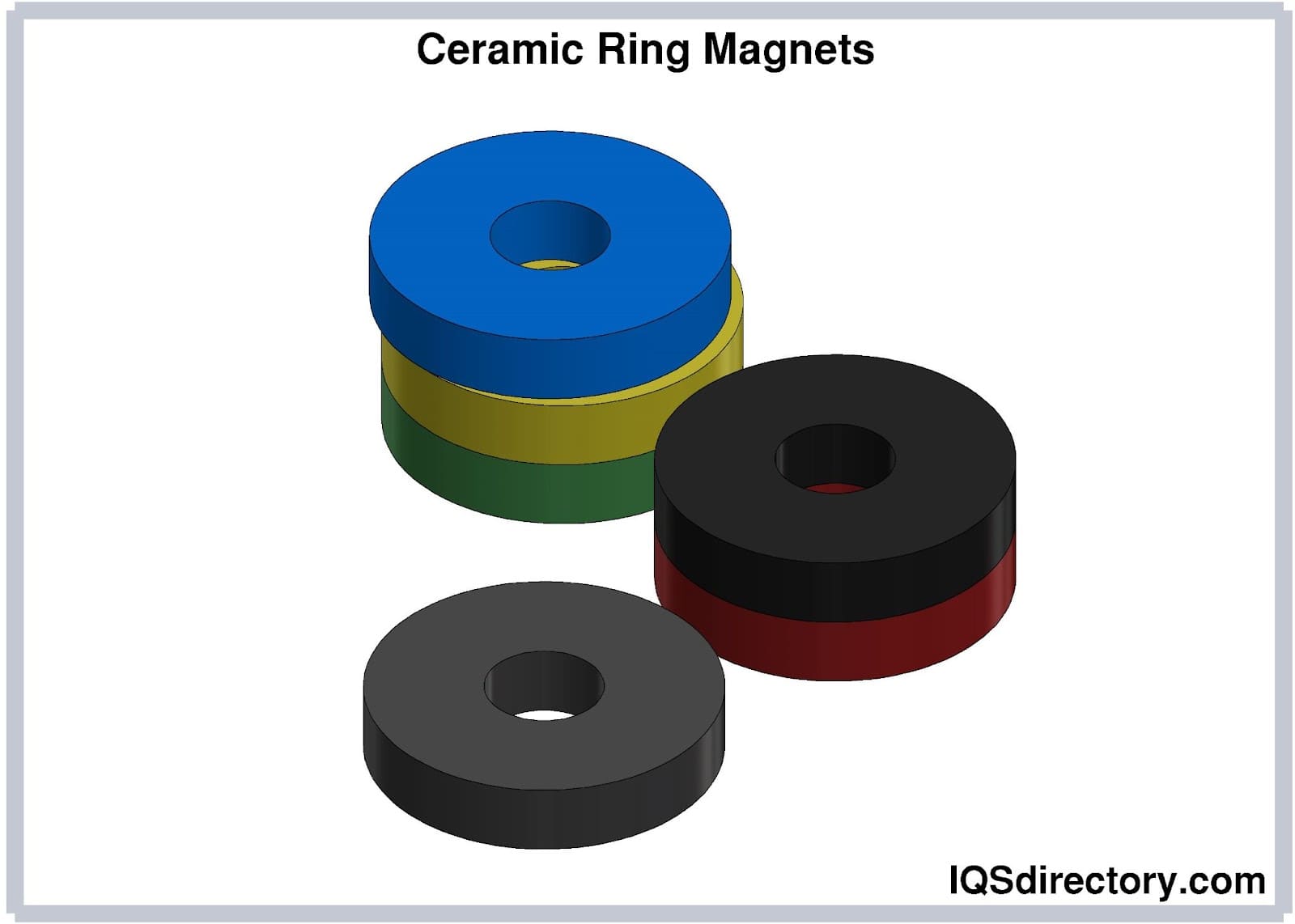
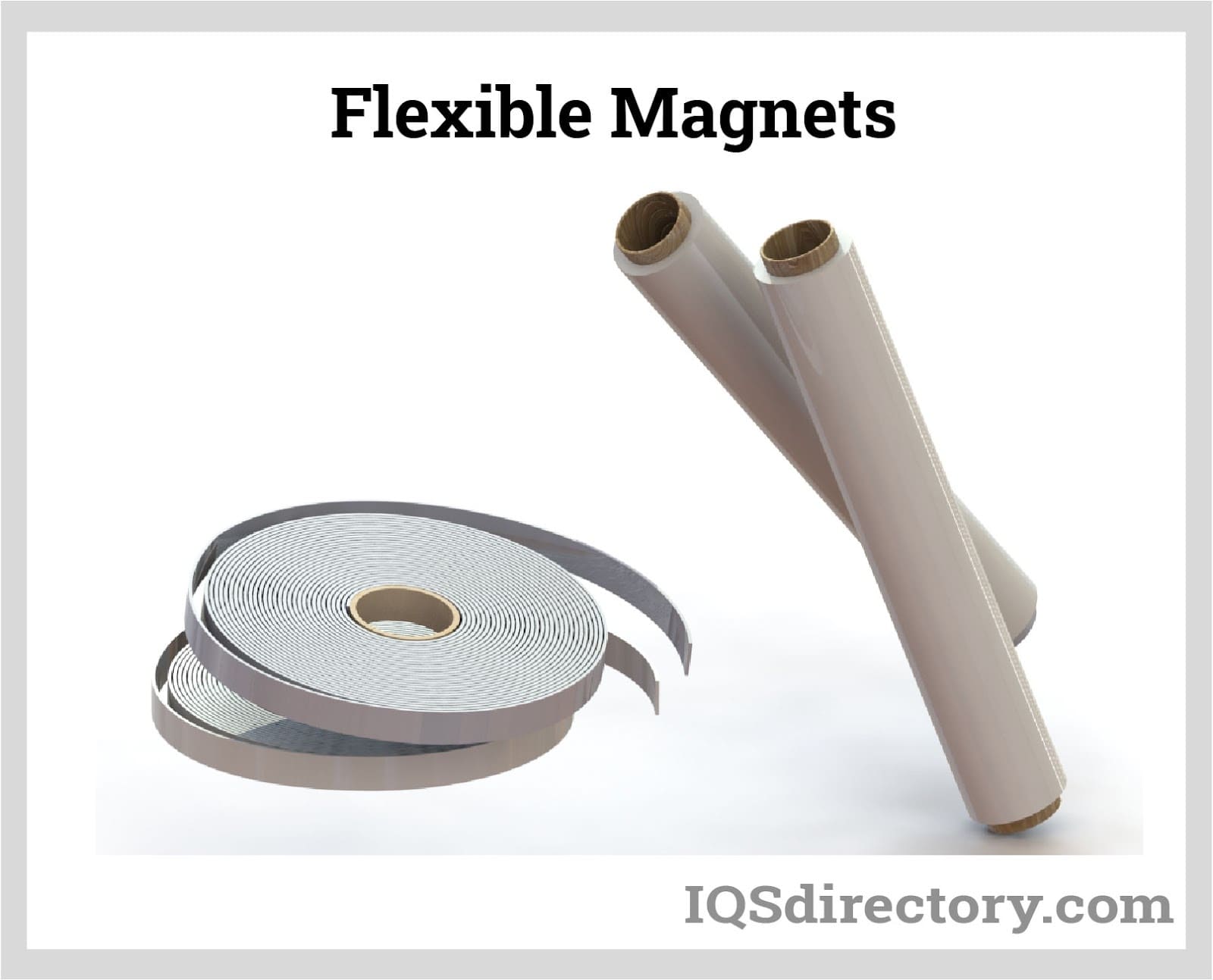

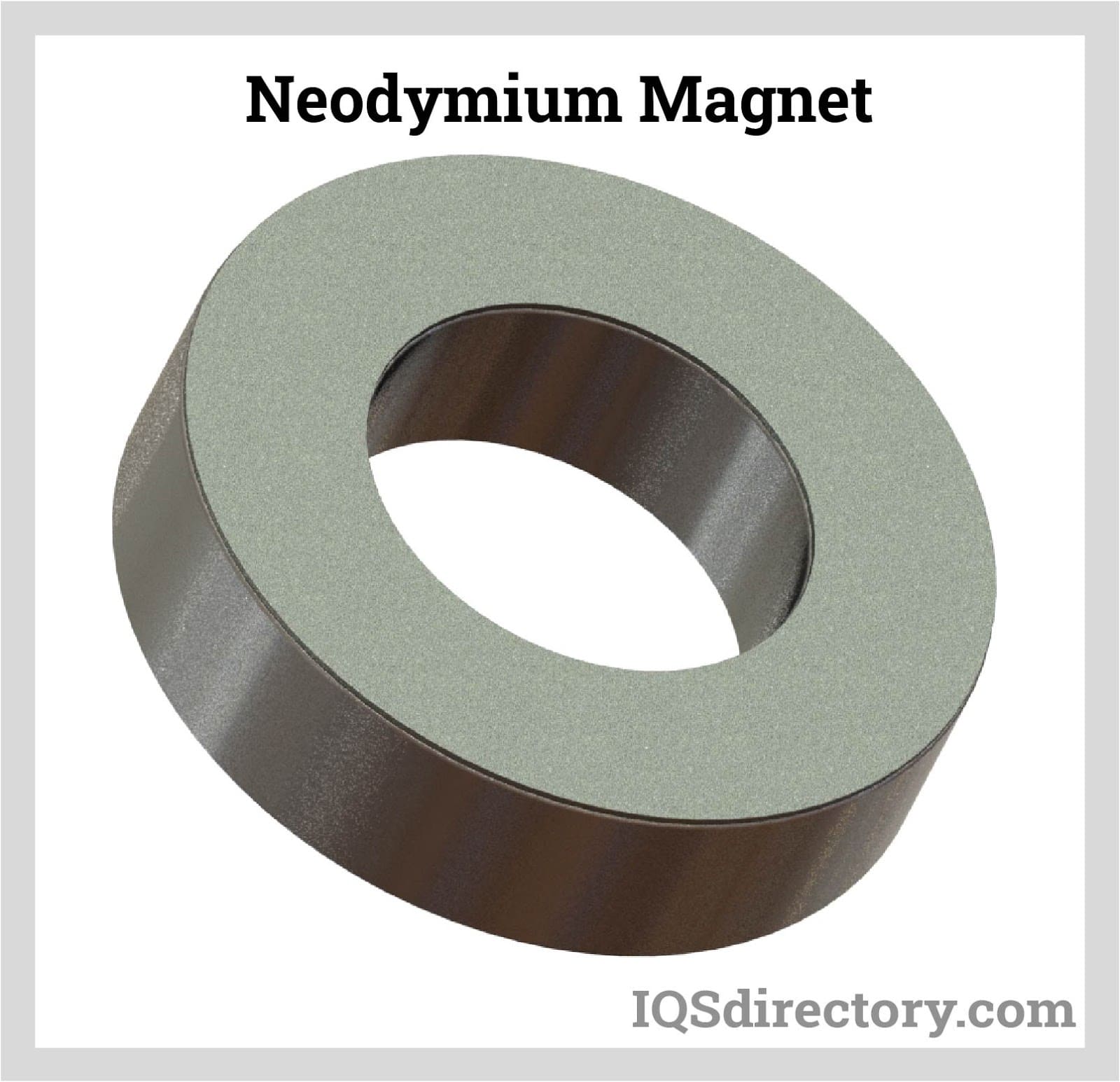
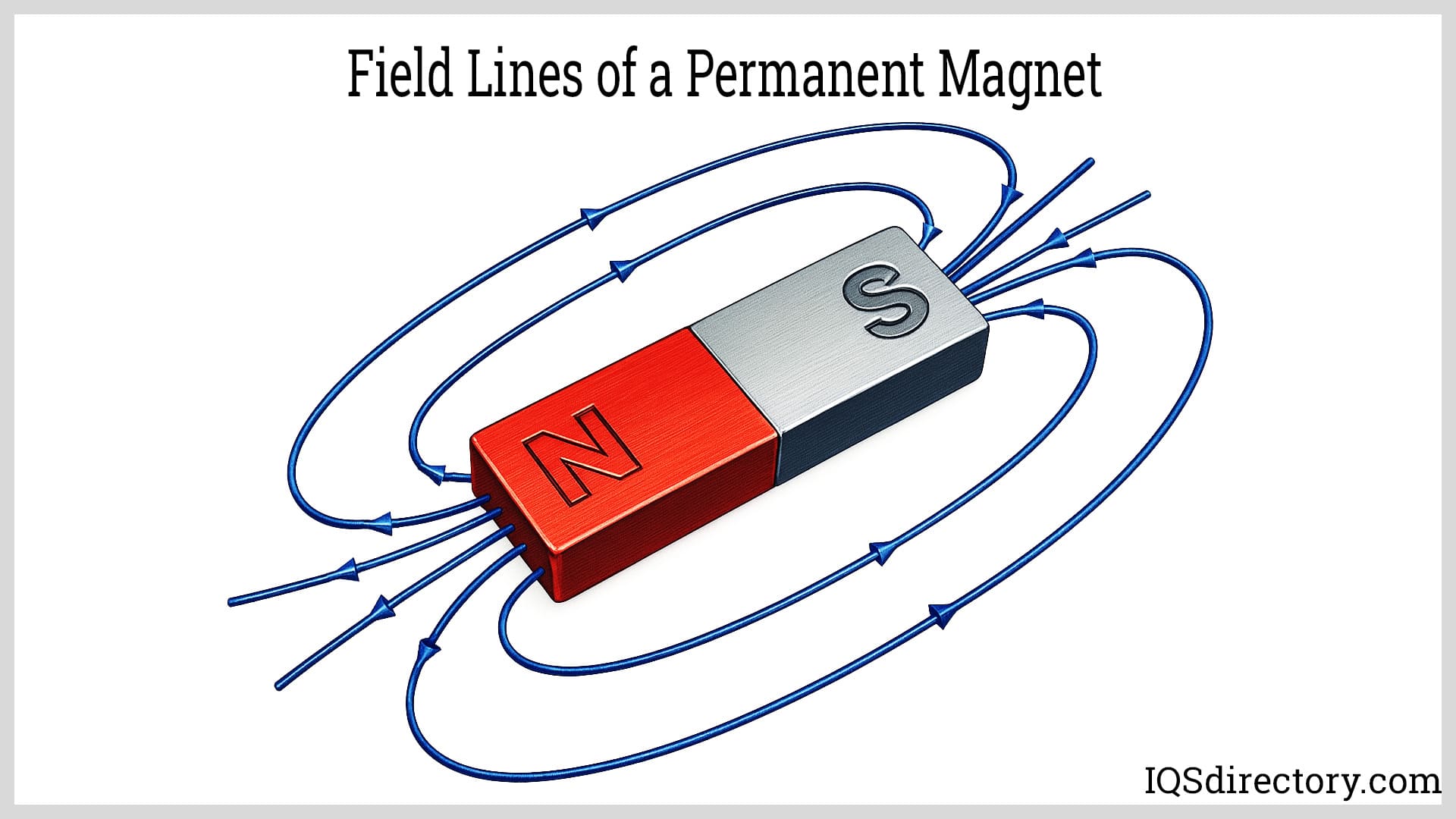
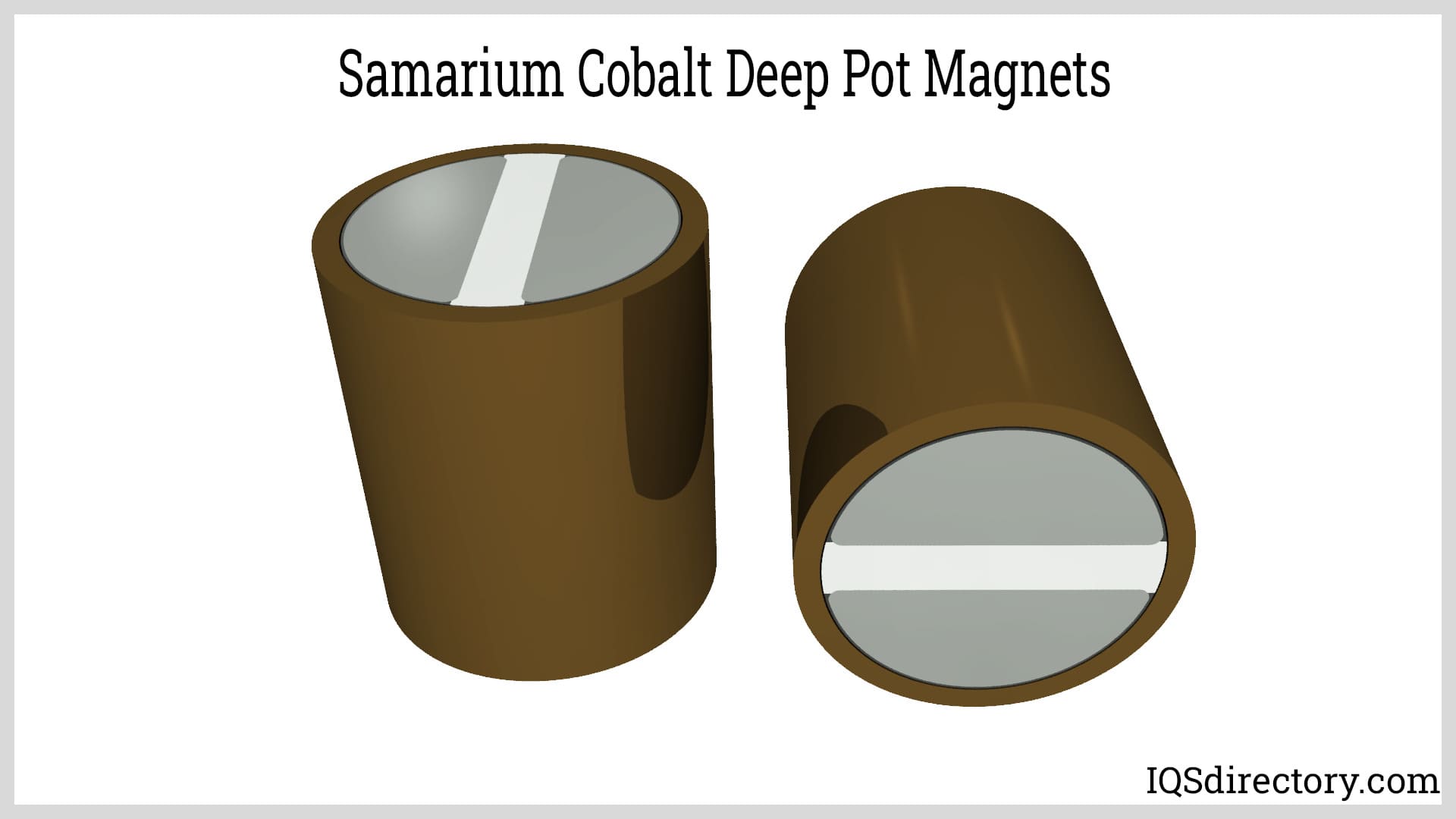

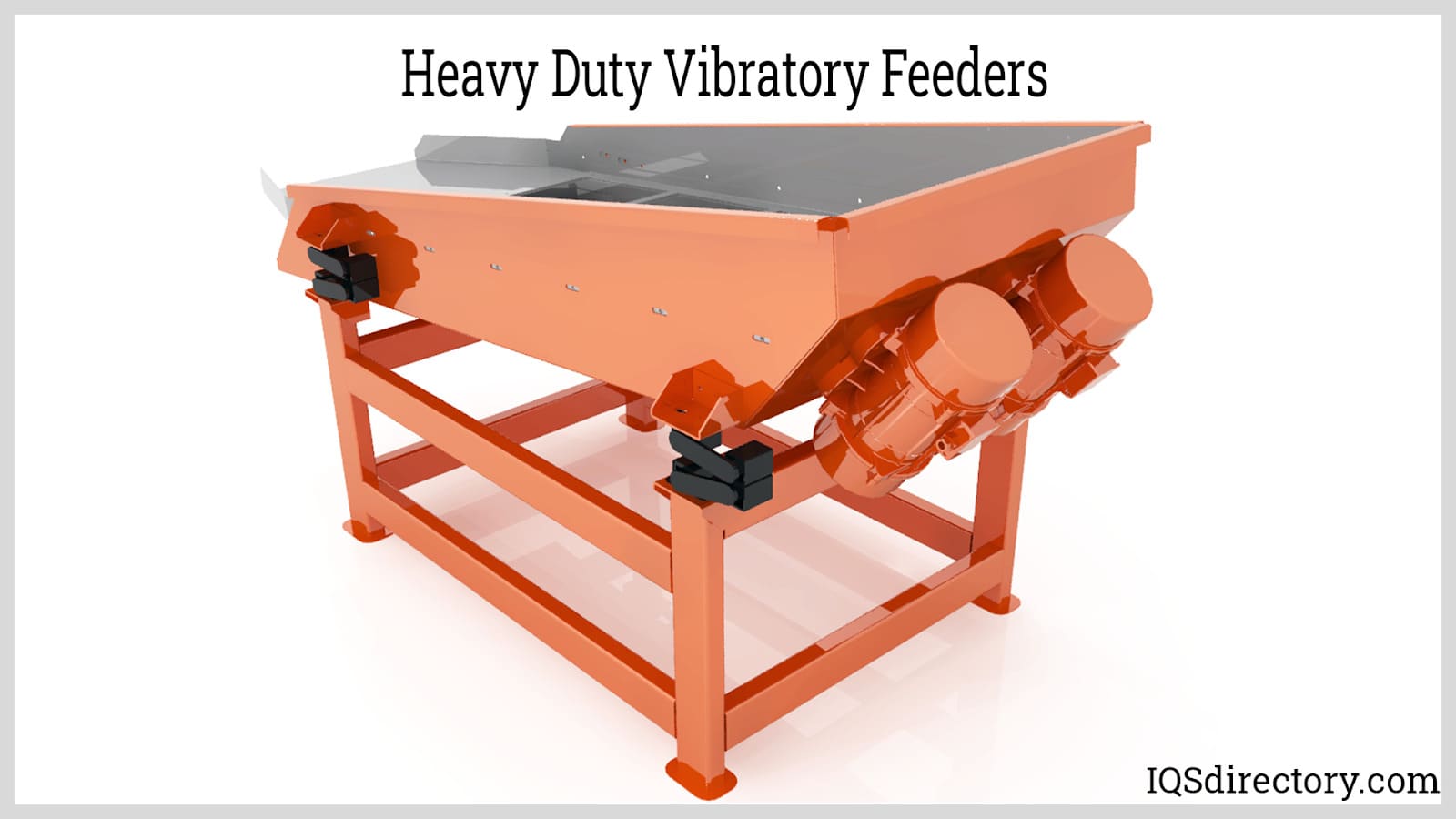
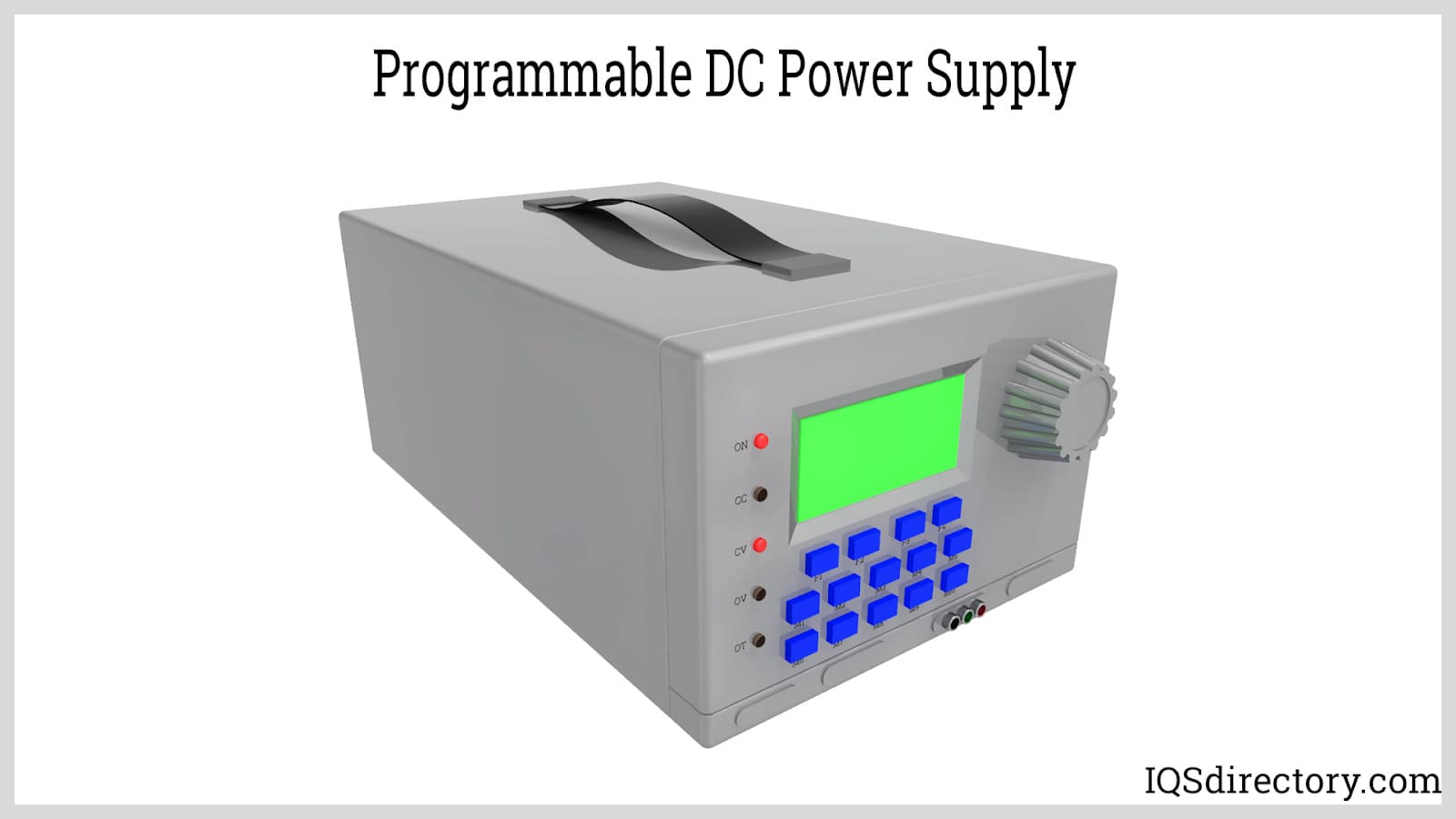
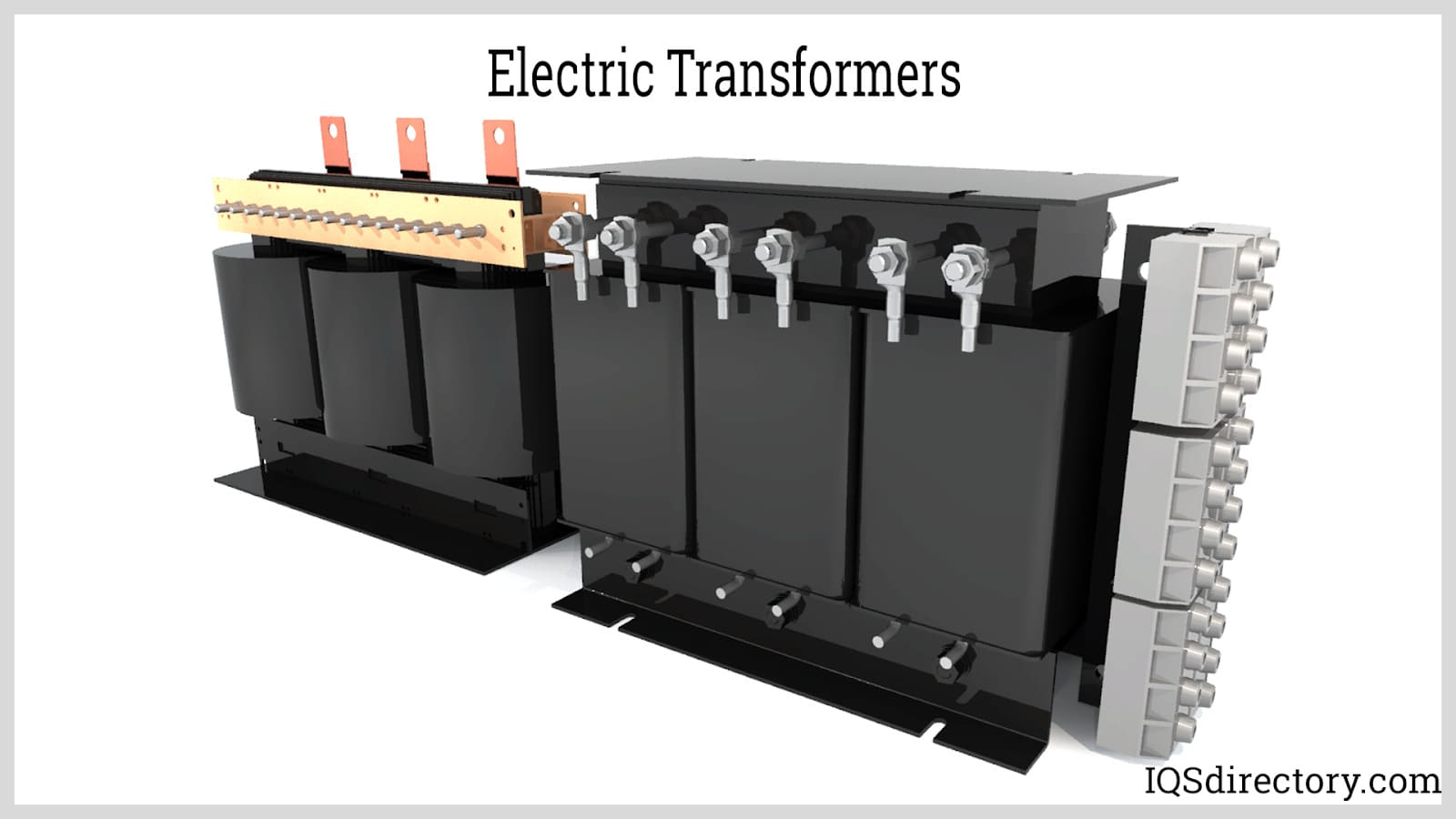
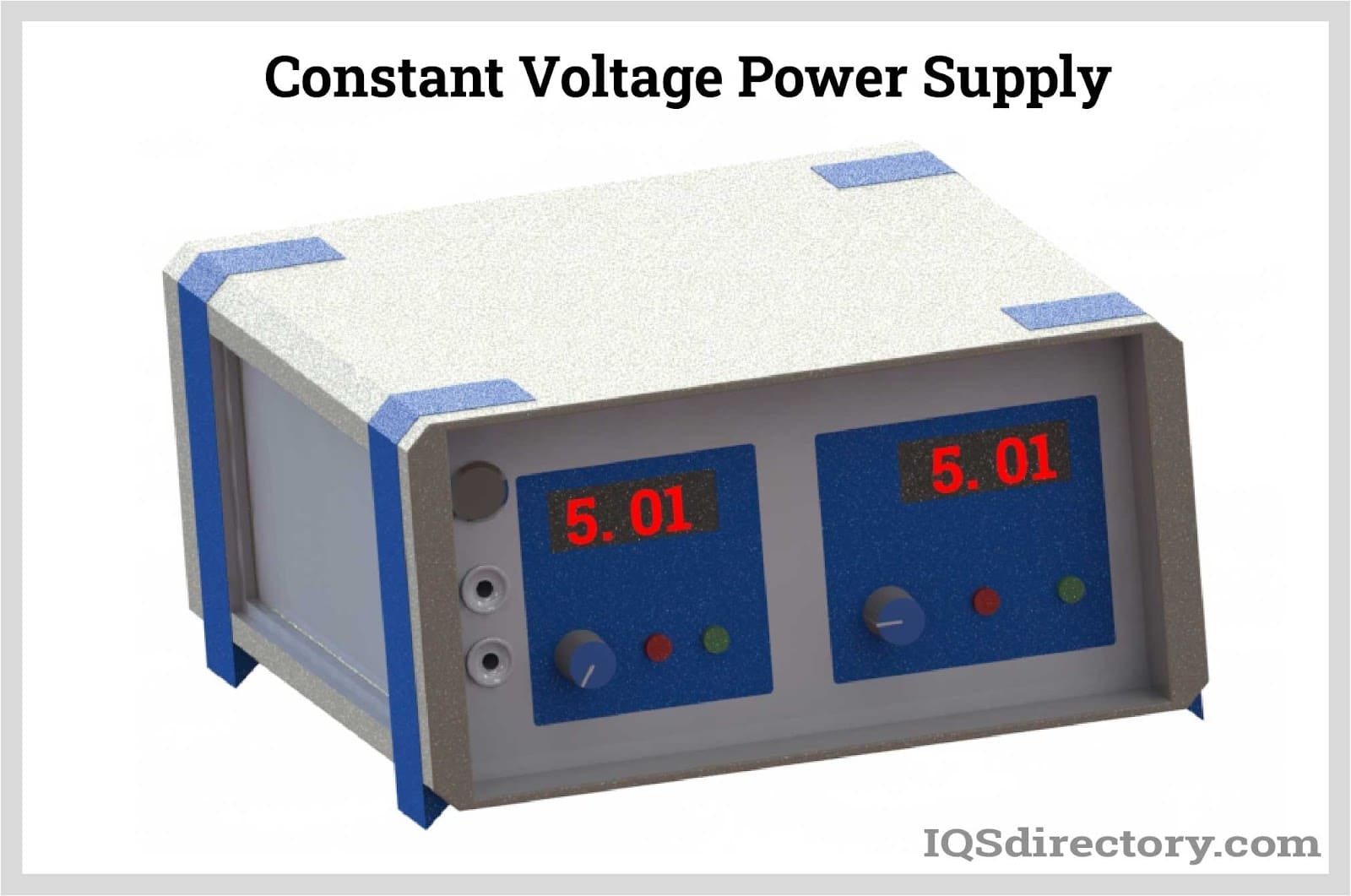
 Alloy Suppliers
Alloy Suppliers Aluminum
Aluminum Aluminum Extrusions
Aluminum Extrusions Copper-Brass-Bronze
Copper-Brass-Bronze Magnets
Magnets Nickel
Nickel Stainless Steel
Stainless Steel Stainless Steel Tubing
Stainless Steel Tubing Steel Service Centers
Steel Service Centers Titanium
Titanium Tungsten
Tungsten Wire Rope
Wire Rope Castings & Forgings
Castings & Forgings Bulk Material Handling
Bulk Material Handling Electrical & Electronic Components
Electrical & Electronic Components Flow Instrumentation
Flow Instrumentation Hardware
Hardware Material Handling Equipment
Material Handling Equipment Metal Cutting Services
Metal Cutting Services Metal Forming Services
Metal Forming Services Metal Suppliers
Metal Suppliers Motion Control Products
Motion Control Products Plant & Facility Equipment
Plant & Facility Equipment Plant & Facility Supplies
Plant & Facility Supplies Plastic Molding Processes
Plastic Molding Processes Pumps & Valves
Pumps & Valves Recycling Equipment
Recycling Equipment Rubber Products & Services
Rubber Products & Services